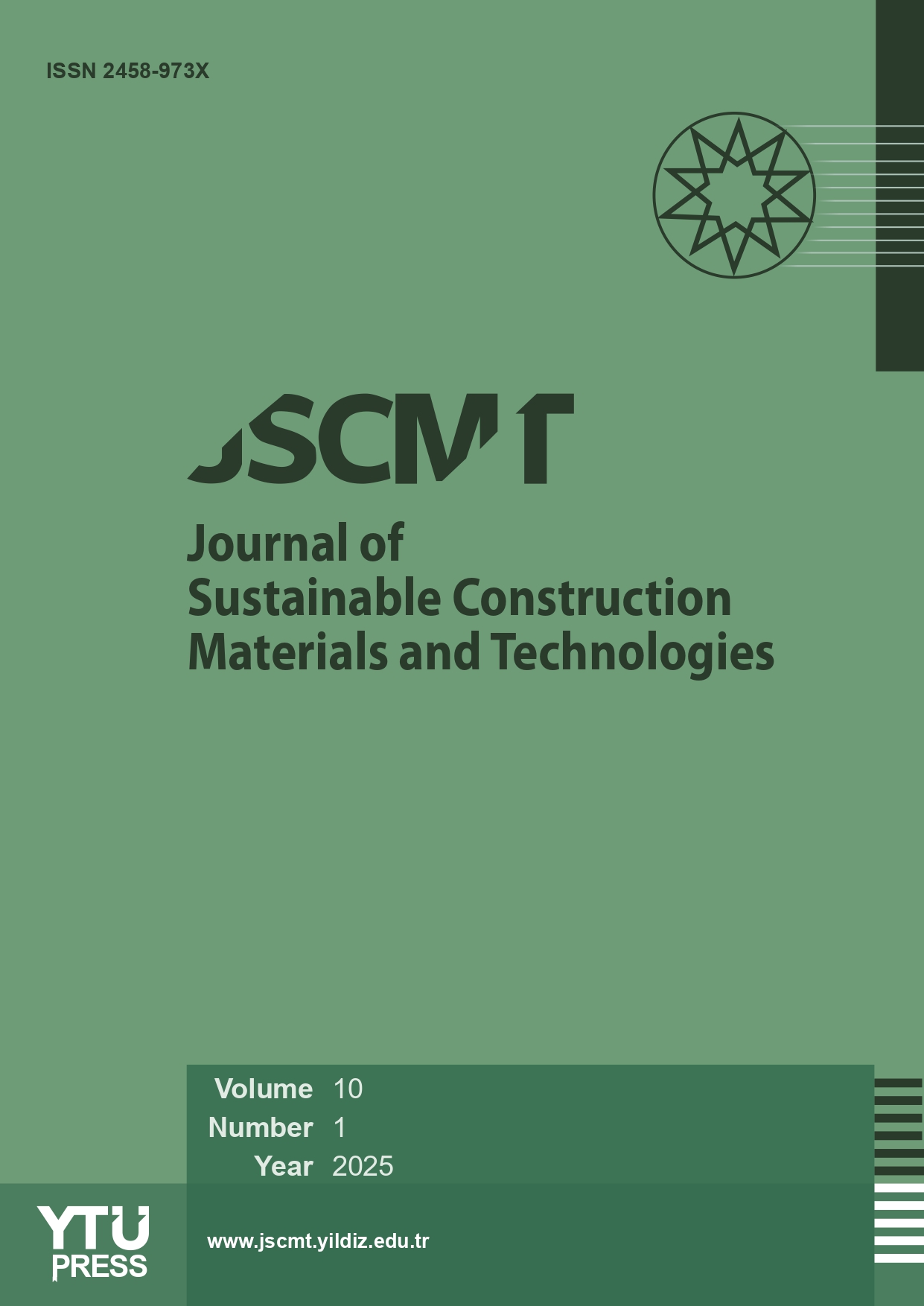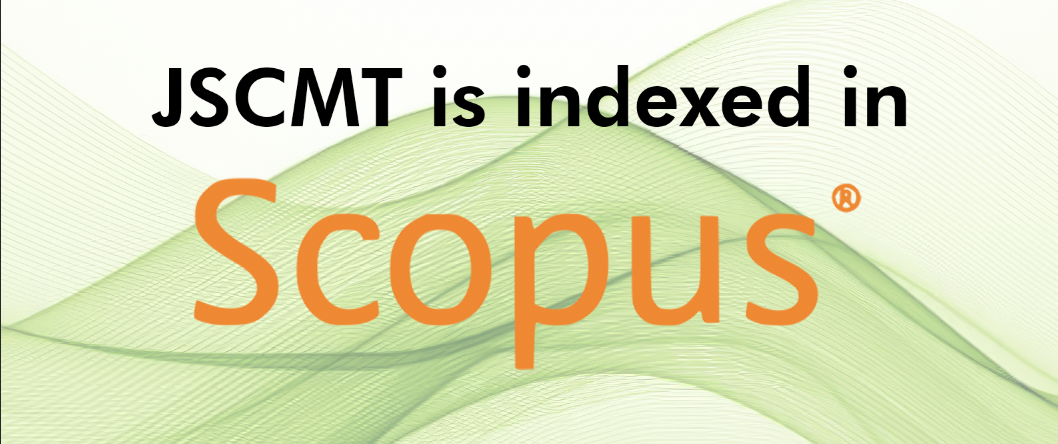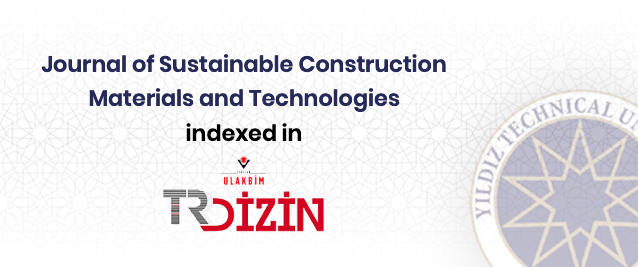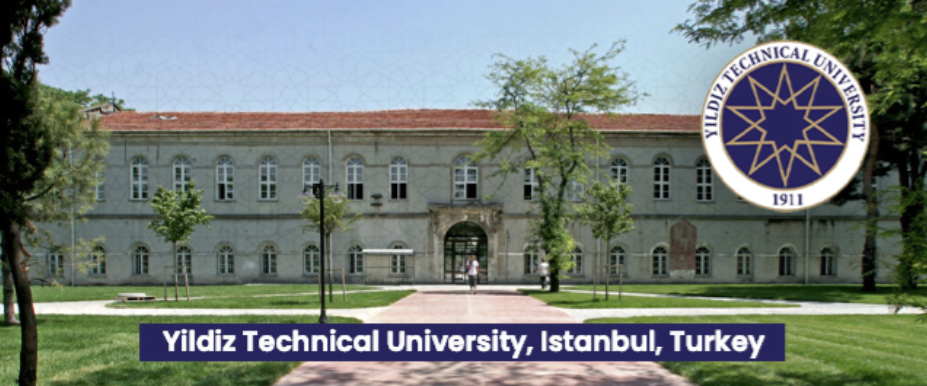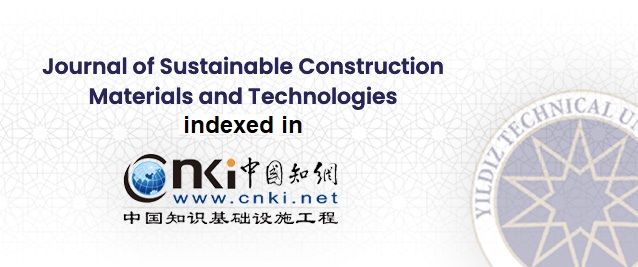2Department of Geoscience, University of Padova, Padova, Italy
3Department of Physical Sciences, Meru University of Science and Technology, Meru, Kenya
4School of Civil and Environmental Engineering, University of the Witwatersrand, Johannesburg, South Africa
Abstract
Hybrid Alkaline Cement (HAC) has the potential to reduce carbon dioxide (CO2) and improve concrete structure. The durability of a hybrid alkaline mortar made from a mixture of calcined clay brick waste (CBW) and coconut shell ash (CSA) was compared with that of ordinary Portland cement (OPC) and pozzolanic Portland cement (PPC), which are the two common types of Portland cement. In an open furnace, CSA was obtained by burning coconut shells collected from Kilifi County, Kenya. At the same time, CBW was sampled from brick production and construction sites in Kibwezi sub-county, Kenya, and ground using a laboratory ball mill. Various cement blends were prepared by mixing different mass ratios of OPC:CSA: CBW and activated with 0.5 M and 2 M Sodium sulfate solutions, maintaining a solution-to-cement ratio of 0.5. Control mortar prisms were cast using distilled water and cured in distilled water. Principle Component Analysis (PCA) was used for correlation analysis. Compressive strength development, water sorptivity, Porosity, oxygen permeability index, and thermal resistance were investigated for durability properties. Accelerated chloride ingress and chloride ion diffusion coefficients were determined. Results show that alkali-activated samples exhibited lower sorptivity, Porosity, chloride ingress, and higher compressive strength, oxygen permeability index, and thermal resistance than the cement mix prepared with water. The mix designs 5-1-4, 5-4-1, 3-1-6, and 3-6-1 demonstrated a decreasing optimum performance comparable to OPC in that order. The formulation 5-1-4, prepared with 2 M Sodium sulfate, showed the highest durability in all tests. Moreover, mortar durability was highly influenced by the amount of cement substituted, the kind of precursor, and the concentration of alkali activator.


